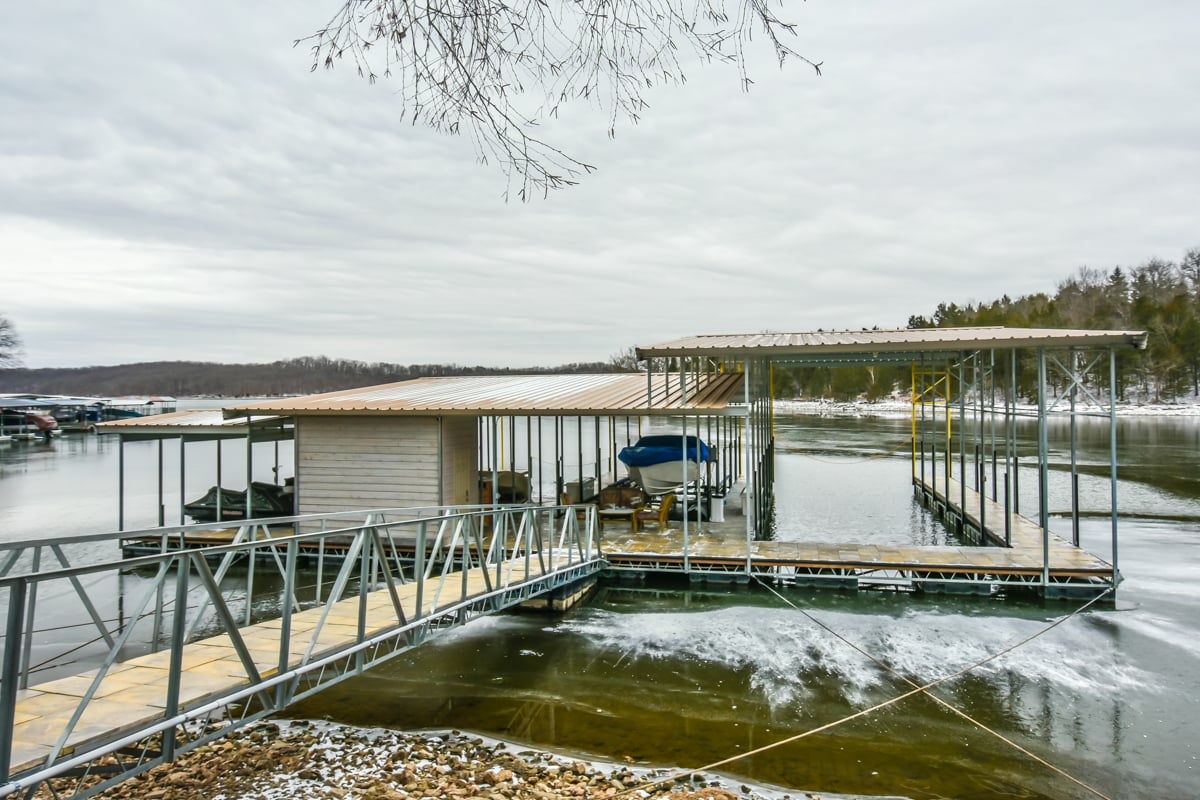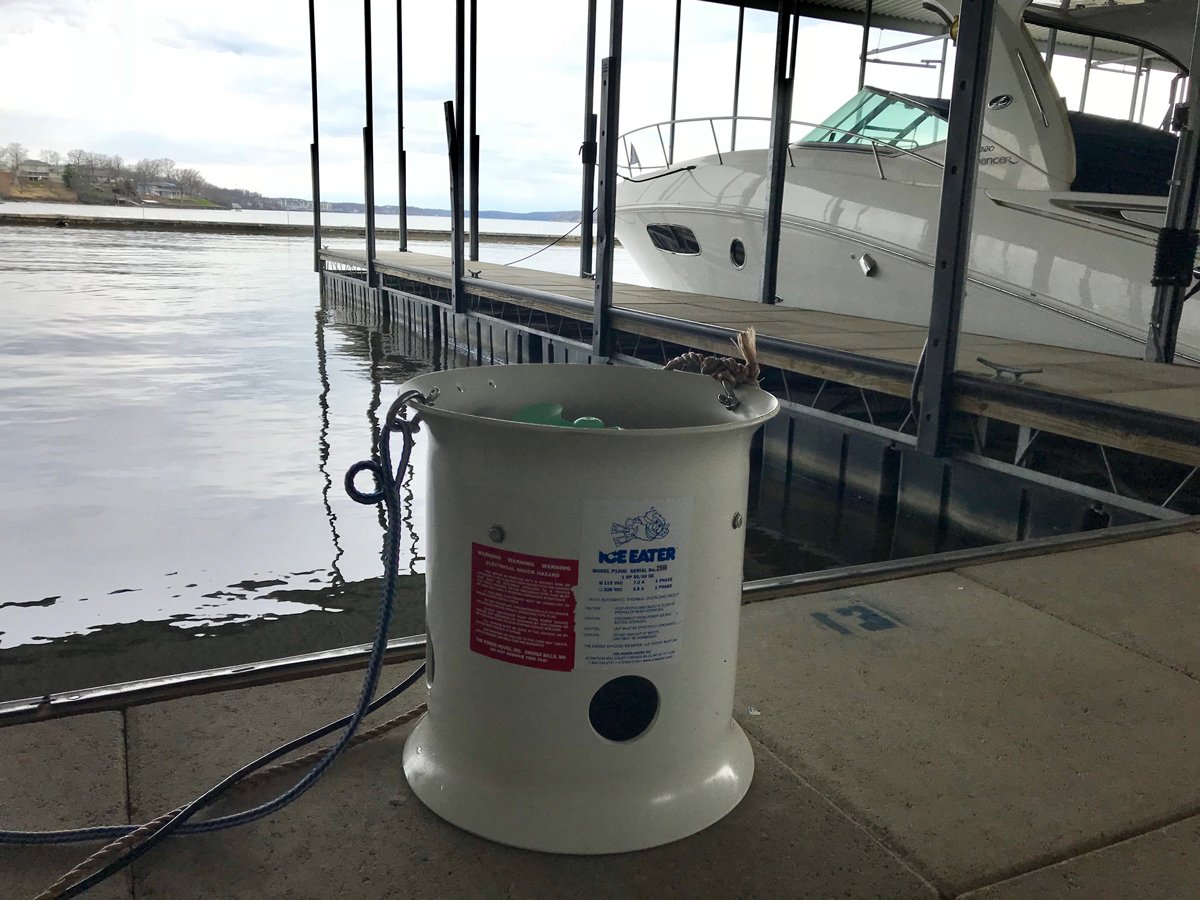November 13, 2018 by Boat Planet
Winterizing a boat means different things to different people. For many boaters, the annual winterization process entails having their boat hauled out and covered or shrink-wrapped to protect it from the cold, sleet, and snow. But there are many others who prefer to leave their boat in the water tied to the dock all winter long.
Consider a Bubbler or De-Icer if Your Boat Stays in the Water
The upside to keeping your boat in the water is obvious – you save the time and expense of hauling it, and you won’t have to re-commission and launch it in the spring. If you leave your boat on a lake or other body of water that is prone to freezing over, however, the downside can be dramatic – and expensive. As ice expands and contracts around the boat and dock, it can damage gelcoat, gouge wood, twist rails, move pilings, and even crush metal hulls.

The solution is to keep the water moving around the boat and dock or lift so ice can’t form there in the first place. The various marine ice-prevention systems on the market typically are referred to collectively as “bubblers”, but there are at least two different technological approaches. Both require a continuous electrical power source, so be sure to factor that into your decision when you are considering installing one of these systems.
Is a Bubbler or De-Icer Right For You?
A “bubbler” is a long hose or PVC tube with slits at regular intervals, attached to an air compressor on shore. You lower the weighted hose into the water, making sure it doesn’t twist as you do so until it lies along the bottom around the boat or along the dock. When the compressor forces air into the hose, thousands of bubbles burst out of the slits, agitating the water and preventing ice from forming. Available from various manufacturers, including Thawline and Scott Aerators, bubbler tubing is a popular solution not only for boats docked in shallow water, but also for preventing algae growth in lakes and ponds.

A “de-icer” is a submersible unit with built-in impeller and motor. You install it by hanging it from the dock or boat at the depth recommended by the manufacturer (typically two to three feet). Then, you attach the power cord to a weather-proofed electrical outlet. Some manufacturers offer dock brackets designed to fit the de-icer, ensuring it stays stable at the desired depth. This type of de-icer works by drawing warmer water up from lower depths to prevent ice from forming on the surface. Well-known brands include Kasco De-Icers, The Power House, Inc. Ice Eater series, and TaylorMade’s Oil-Free De-Icer. There are also industrial-scale de-icer systems designed for use by marinas. Check out our top picks for your boat or dock below.
If you are installing a bubbler or de-icer near a private dock, be sure to comply with local regulations. Many communities require you to post danger signs alerting people the ice is thin in the area around the unit.
So, when should you install a de-icer or bubbler system? You just need to be sure it’s in the water before the lake or river freezes over and don’t remove it until the last chance of ice forming has passed. In the Northern U.S., this typically is November through February, but it varies by region.
Don't Forget the Thermostat
If you spend an additional $100 or so to add a thermostat control to your de-icer, it can save you money on electrical bills in the long run. You can set the thermostat to turn on the de-icer automatically when the air temperature drops below a certain set point (for example, 30° F), and then shut it off again when the temperature rises, reducing the unit’s daily electrical consumption. De-icer thermostats typically come in both 120V “plug-and-play” models and permanent, 240V in-line units. There are thermostats available for the Kasco and Ice Eater series, and Scott Aerators also offers an affordable thermostat. If you are going to install the thermostat outside, look for one with a tough, weatherproof cover. Here are a couple that we recommend.
Some companies advertise with a thermostat controlling your de-icer, you can “set it and forget it”. Pay no attention to this false sense of security. It’s important to perform frequent inspections of your boat and de-icer over the winter months or hire a company to do it. One power outage and your boat could be prey to the awesome crushing power of ice.